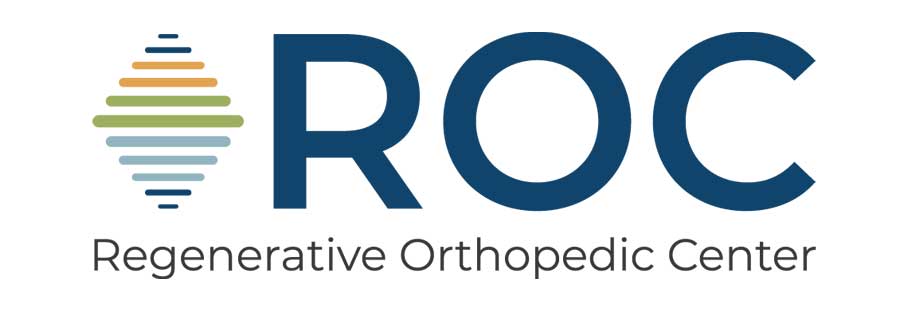The labrum is a ring of fibrous cartilage surrounding the glenoid which helps in stabilizing the shoulder joint.
Traumatic injury to the shoulder or overuse of the shoulder by excessive throwing or weightlifting can cause a labral tear. In addition, the aging process may weaken the labrum leading to injury secondary to wear and tear.
The most common types of labral tears include:
- SLAP tear: The term SLAP (superior–labrum anterior-posterior) refers to an injury of the superior labrum of the shoulder, at the attachment of the biceps tendon.
- Bankart tear: Bankart tear is an injury to the labrum that leads to recurrent dislocations and arthritis of the shoulder
- Posterior labrum tears: This type of labrum tear is rare, but may be caused by repeated internal impingement, where the extreme extension and external rotation of the shoulder joint cause pinching of the bulged part of the arm bone against the lining of the shoulder joint cavity.
Treatment
Your doctor may start with conservative approaches such as prescribing anti-inflammatory medications and advise rest to relieve symptoms. Rehabilitation exercises may be recommended to strengthen rotator cuff muscles. If the symptoms do not resolve with these conservative measures, your doctor may recommend arthroscopic surgery.
During arthroscopic surgery for SLAP tears, your surgeon examines the labrum and the biceps tendon. If the damage is confined to the labrum without involving the tendon, then the torn flap of the labrum will be removed. In cases where the tendon is also involved or if there is detachment of the tendon, absorbable wires or sutures will be used to repair and reattach the tendon.
Bankart lesion is repaired by a Bankart operation. In this procedure, the bankart tear is repaired by reattaching the labrum and the capsule to the anterior margin of the glenoid cavity. Your surgeon makes a few small incisions around the joint. Through one incision an arthroscope is inserted into the shoulder to visualize the inside of the shoulder joint. Other surgical instruments are inserted through the other incision to re-attach the labrum to the glenoid with the help of sutures or anchoring devices. The arthroscope and surgical instruments are removed and the incisions are closed.
Read more about your shoulder treatment options.
